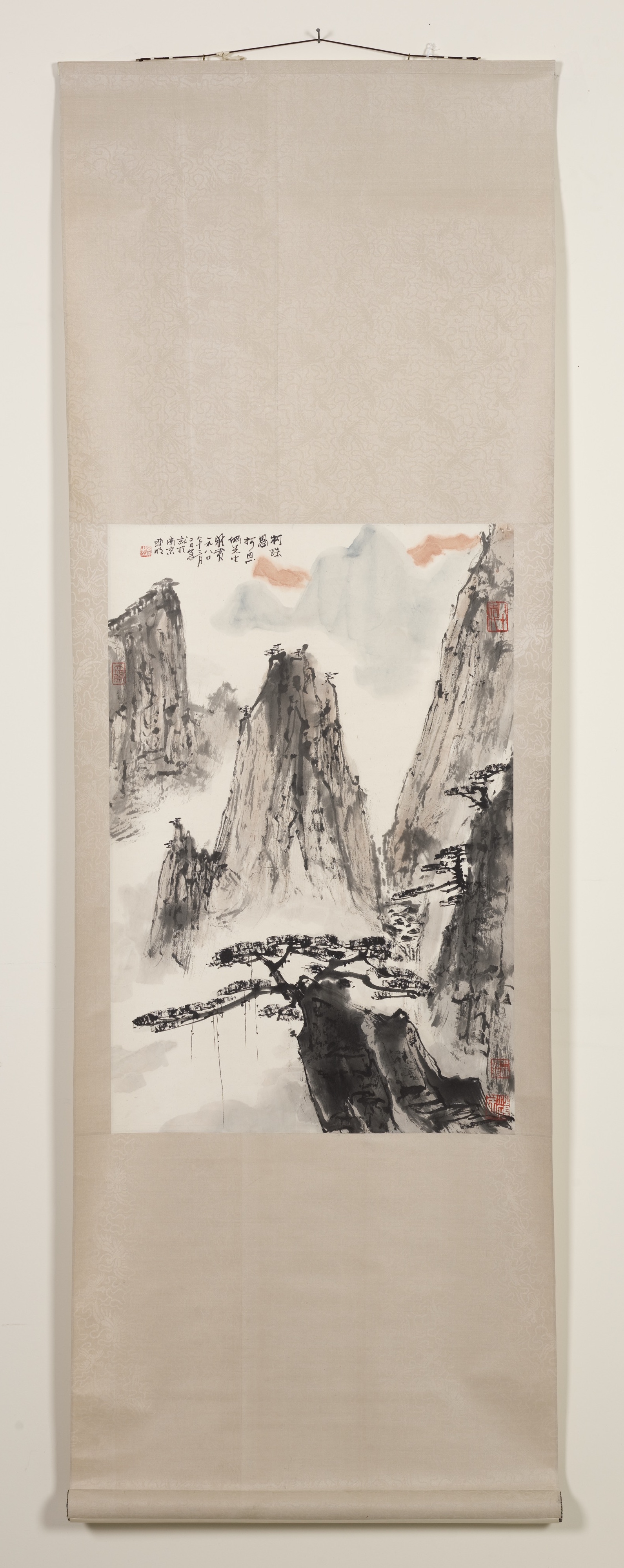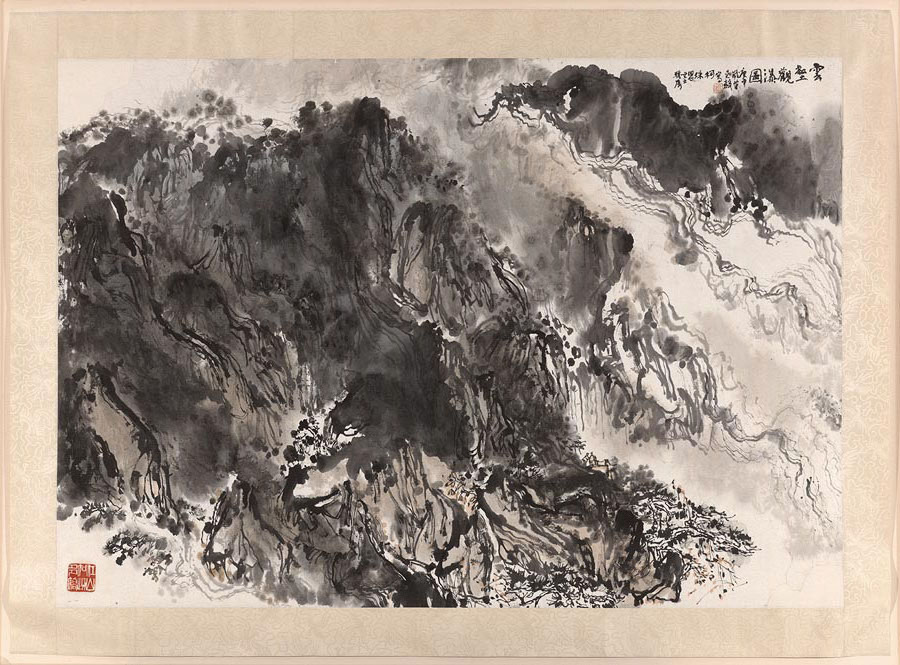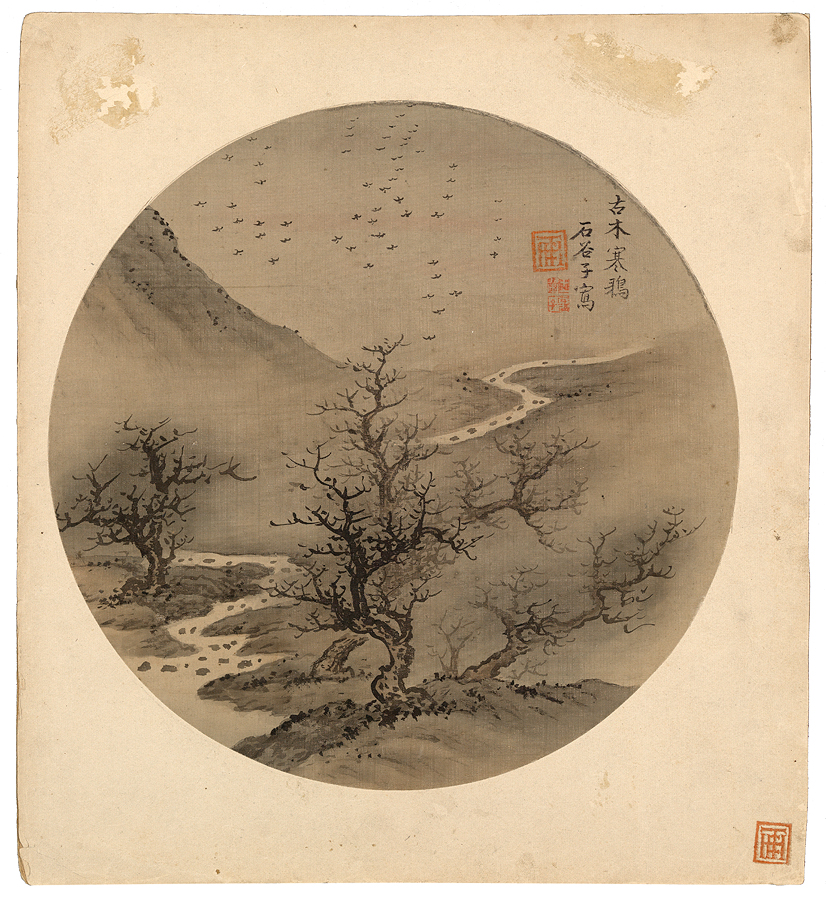What connects a Chinese poet and an American photographer? Both Bai Juyi’s and Lois Conner’s intention of sharing their unfamiliar art forms with a broad audience integrates the aesthetic world presented in both the poem and the photograph. The platinum print Kunming draws on techniques from Lois Conner’s studies of Ming-dynasty (1368–1644) painting. It emulates a traditional Chinese landscape painting mounted as a handscroll. Although it is not an ink painting, it shares some of its characteristics. Many Chinese ink paintings do not use color; Kunming is similarly monochromatic.
Each individual element in Conner’s composition—the river, village, and willows—requires viewers’ careful inspection, which allows different interpretations. The Tang-dynasty (618–907) poet Bai Juyi’s lyrical poem, Memories of the South, relates the passage of time and his nostalgia for the past. The respective rivers in both artworks represent a connection to the past. Just as a river changes over time, but remains the same river, each season is different, but is the same every year. In these works, while the present merges with the past, the future becomes the present.
Poem selection and label by Ava Busto Schiff ’18




